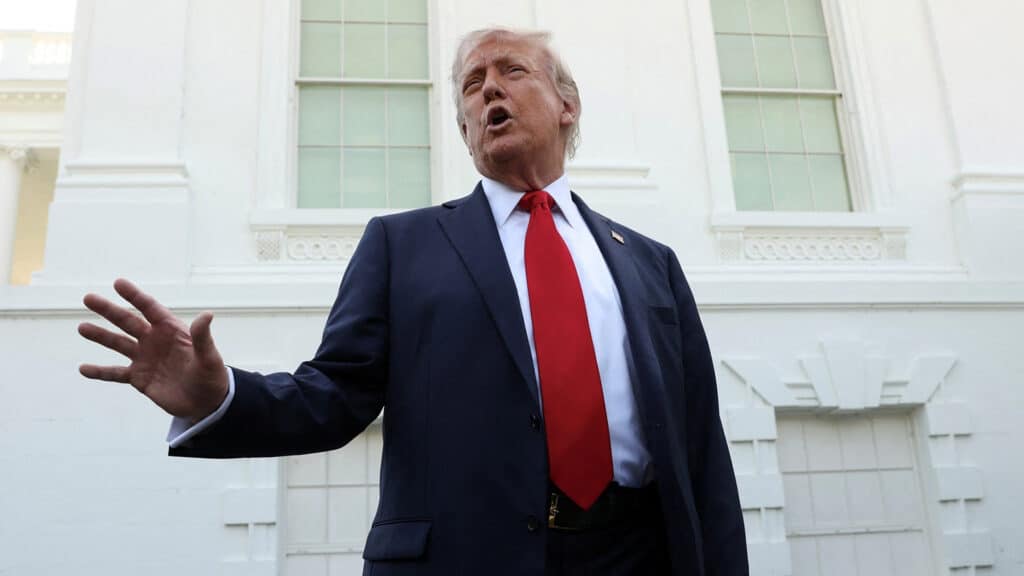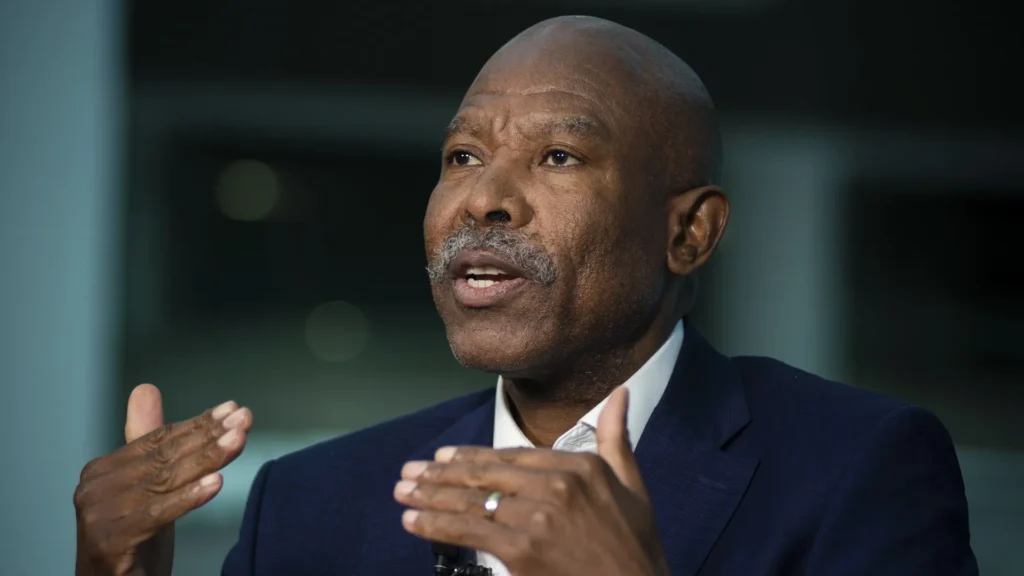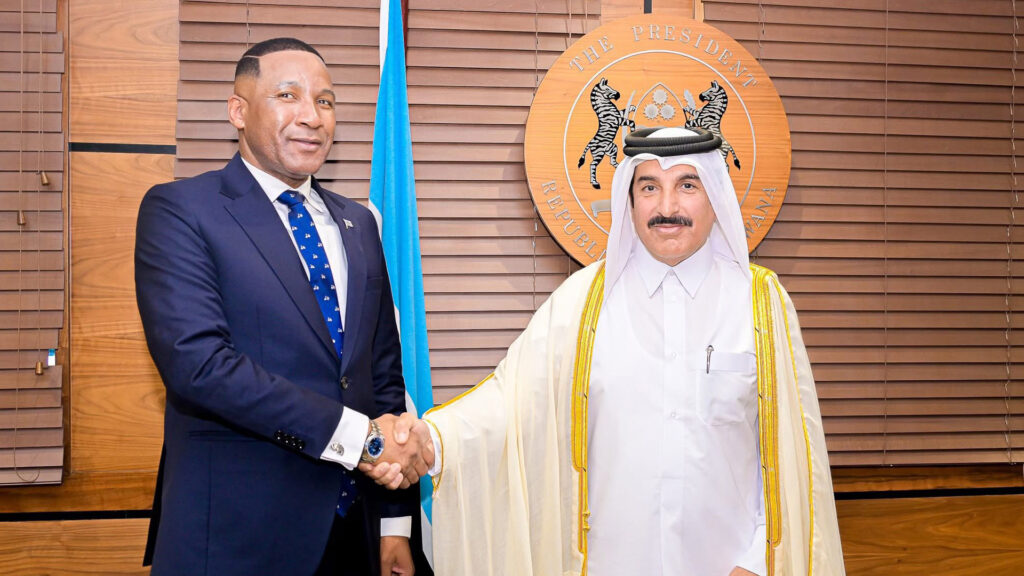U.S. President Donald J. Trump has confirmed that his administration is actively engaging in trade negotiations with China, signaling a potential return to a tariff-driven economic strategy aimed at protecting American industries.
Speaking at an event where he also unveiled two towering American flags, Trump emphasized that “everything is active” regarding discussions with Beijing, suggesting that a fair and firm deal is forthcoming.
Highlights
- President Trump confirms active trade negotiations with China.
- Vows end to decades of U.S. being “ripped off” by other nations.
- Advocates for tariff-based economic system over income tax.
- Links trade strategy to broader fiscal reform and tax reduction.
- Calls Biden administration era a time of “trillion-dollar losses.”
Tariff Revival and American Pride
Standing before a soon-to-be-raised 100-foot American flag, President Trump used the backdrop to assert a strong message on economic sovereignty and trade fairness. He declared the era of one-sided trade arrangements—with China and the European Union in particular—”over.”
“We’re going to make a lot of money for our people. We’ll be able to lower taxes substantially,” Trump stated, promising a reversal from what he called the “laughingstock” years of American trade policy.
Trump further pointed to the historical period between 1870 and 1913, when the U.S. was funded primarily through tariffs rather than income taxes, as a model for economic resurgence. “We had more money than anybody… they didn’t know how to spend it,” he said.
Active Talks with China
When asked about tariff strategy, Trump confirmed, “Everything’s active,” including real-time discussions with Chinese counterparts. Though specifics remain scarce, Trump underscored that China “knows they can’t get away with it any longer,” referring to past trade imbalances.
The rhetoric comes amid a recalibrated U.S.-China dynamic, where tariffs, tech restrictions, and trade deficits remain flashpoints. Under Trump’s leadership, the U.S. is actively pursuing a policy to rebalance its trade relationship and reassert industrial competitiveness.
Critique of the Biden Era
Trump did not hold back on critiquing the previous administration. “We were losing anywhere from $3 to $5 billion a day… a trillion dollars a year,” he said, attributing the hemorrhaging of U.S. wealth to poor trade policy under President Biden and his predecessors.
Framing his trade agenda as a return to America First principles, Trump insists his approach will end the era of the U.S. being “ripped off by every country in the world.”
Industry Insight: Global Trade Realignment
Trade analysts see the Trump administration’s renewed emphasis on tariffs as part of a broader global trend toward economic nationalism. With increasing skepticism of international trade institutions and rising geopolitical tensions, especially with China, 2025 is shaping up to be a pivotal year in global commerce.
As the U.S. reverts to industrial policy and domestic manufacturing incentives, Trump’s approach may appeal to both populist voters and industrial lobbies. However, risks remain—escalating tariffs can provoke retaliatory actions and disrupt global supply chains, a concern for multinational corporations and market stakeholders.
Outlook: A Deal or a Standoff?
While Trump’s message is clear—economic resurgence through national strength—the outcome of U.S.-China talks will depend on both diplomatic finesse and geopolitical calculation. The administration is playing a high-stakes game: betting that tough talk and economic leverage can force long-sought trade concessions from Beijing.For now, one thing is certain: Washington is no longer passive. Everything is active.



